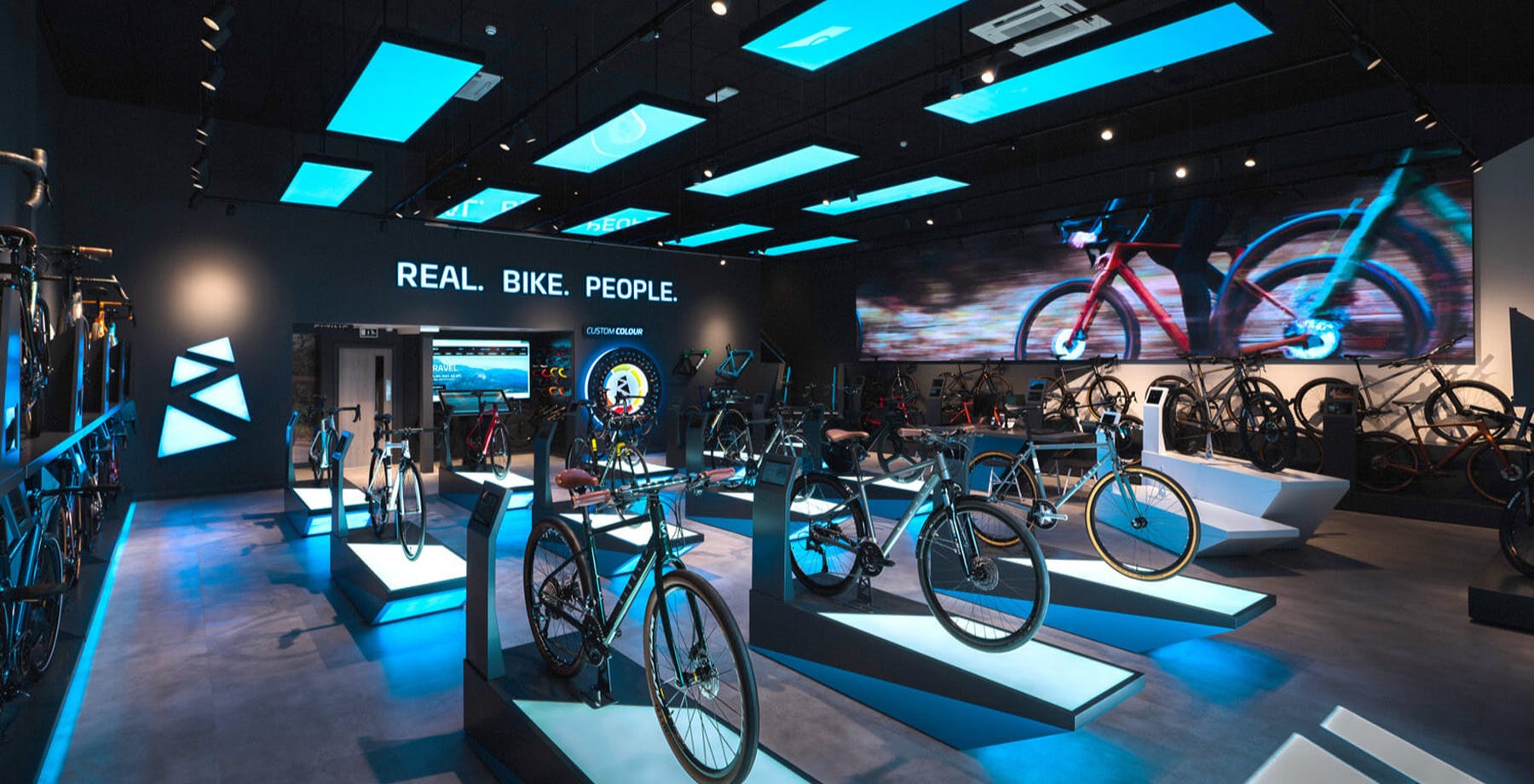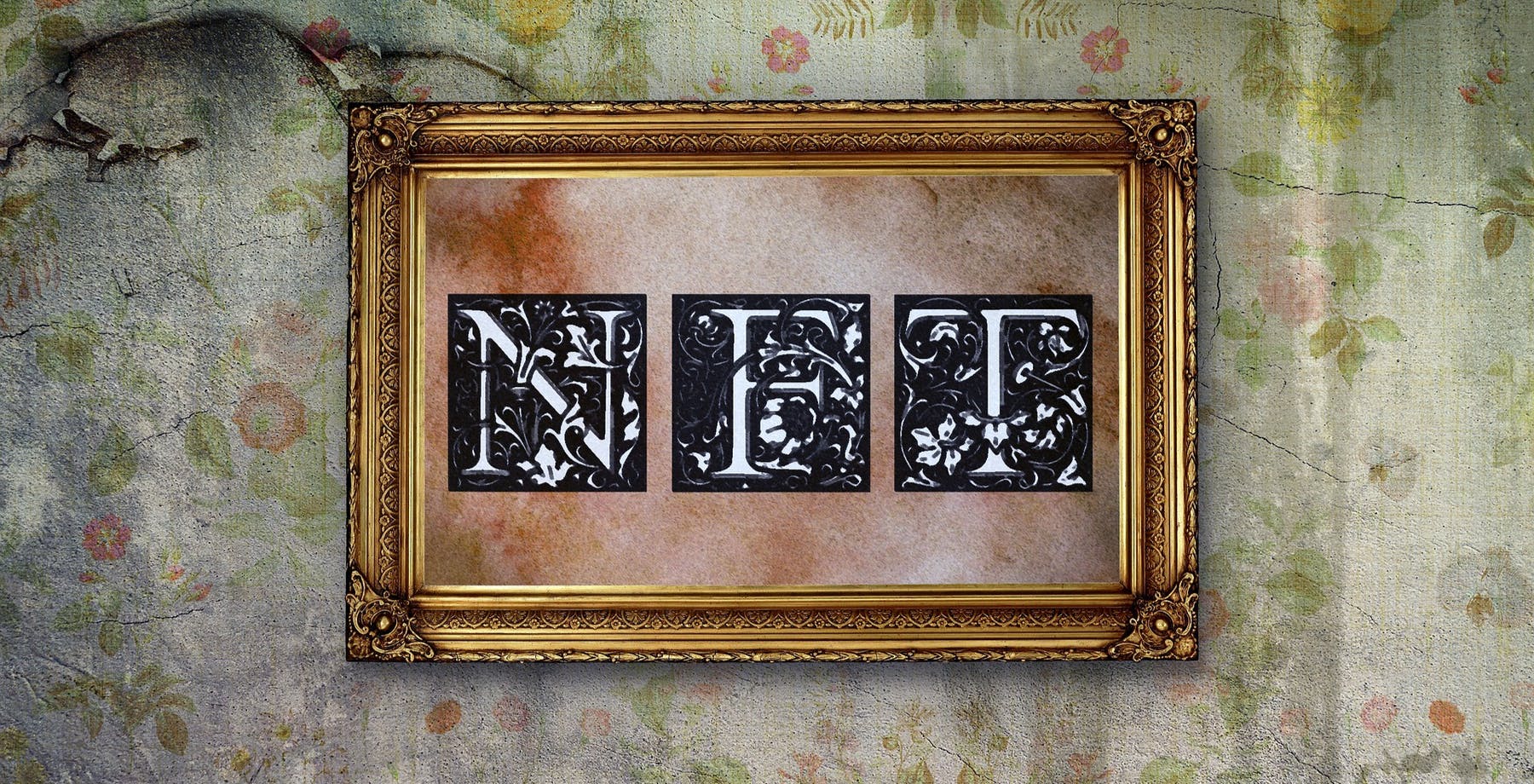A year since Facebook’s rebrand to Meta catapulted the term ‘metaverse’ into the business discourse, we’ve seen many retailers and brands experiment with this new concept and its associated technologies – to varying degrees of success.
The exact nature of the metaverse opportunity for brands and retailers remains unclear – is it a new channel, a new geography, a new customer experience, a new product, service, or an entirely new business model?
This lack of clarity is exacerbated by the term also becoming a conflation of several emerging and equally complex topics including AR (augmented reality), VR (virtual reality), decentralised internet (aka Web3) and cryptocurrencies. This leaves business and brand leaders scratching their heads about their own 'metaverse strategy' and where to start...
There are no definitive answers at this point; it's all still to play for. But as an investor and operator in the consumer space, we've developed a few thoughts that could inform and encourage brands and retailers to start experimenting in this brave new digital space.
Metaverse and Web3 are not the same thing
Many businesses and brands get hung up about decentralised ‘Web3’ technologies and cryptocurrency-backed platforms, especially the recent volatility and negative consumer sentiment, and rightly so. But not all metaverse experiences need to be Web3 native – just think of Roblox, Fortnite or True portfolio company BrandLab360 – where brands can easily steer clear of the complexity of Web3 tech and/or holding cryptocurrencies, whilst creating experiences that deliver against metaverse objectives.
Simply consider the metaverse as a new digital engagement channel to reach new or existing customers.
Media hype doesn't always translate into consumer adoption
With all the press coverage, airtime, and social sharing of the 'cool stuff’ brands are doing in the metaverse you’d be forgiven for thinking we’ve reached fever pitch. From Nike’s Cryptokick sneaker, Balenciaga teaming with Fortnite to design digital fashion, to Coca-Cola’s NFT loot boxes – the metaverse is well and truly here. Just this month a metaverse land grab was reported, with nearly $2 billion being spent on virtual land as companies and individuals aim to get a foothold in this space.
But don't be worried if you haven’t embraced this new space yourself. Most of these previous examples should be seen as small-scale experiments with little to no actual consumer traction. Even pre-eminent metaverse worlds like Decentraland have been accused of having surprisingly low footfall and adoption metrics considering all the hype.
Perhaps the best way to think about these new decentralised metaverse worlds is as a nascent infrastructure that’s still ‘under construction’ with consumer adoption and engagement remaining elusive for the time being, despite what your news feed might say.
Start with small-scale experiments to test business hypotheses with realistic Key Performance Indicators (KPIs).
It's a marketing exercise, not a commercial one
Putting aside cryptocurrency and NFT (non-fungible token) price arbitrage, no brand or retailer is making meaningful commercial value from the metaverse, for now.
The metaverse is simply becoming a new channel for marketeers and brand managers to experiment with. This is not unlike the evolution of D2C – which was originally considered the holy grail of new business models, but now is being looked at more as a new channel to expand reach and engage customers – especially loyal ones.
For the metaverse, in-platform engagement metrics are slightly different to existing digital counterparts and closer to physical world interactions where much of the marketing impact will be found out-of-platform in media mentions and consumer perceptions of brand image.
Consider the metaverse an innovative new marketing channel (like TikTok) to discover, learn and play with.
NFTs are going to be important, but not in the way you might think
NFTs accelerated past cryptocurrencies as the zeitgeist of the digital creator economy in 2022. They appeal to those interested in art, music, sports, and culture – all of which are more fun and relatable for consumers than money and finance.
Of course, NFTs developed by 'authentic' creators with a good story, strong community and inherent scarcity will have value in the future (think BAYC). But for brands and retailers, it's the functionality of NFTs as a driver of new forms of customer engagement and loyalty that represents the clearest value unlock in the short to medium term – Starbucks being a great recent example.
Look to use NFTs in reimagining your loyalty and rewards programme.
Future use cases are hard to predict
Most use cases surrounding the metaverse don't deliver fundamental new value for the consumer – they are simply an adaptation or digitisation of something that already exists, with little or no differentiation for the end user.
This won't always be the case. Just like the age of the internet or mobile, there will emerge new and exciting customer value propositions and business models that are 'native' to the metaverse – brands need to be ready to capitalise on those.
A key part of this will involve brands coming up with their own unique perspectives on what this new social, immersive internet should look like and trying things out. Some of these will inevitably be unsuccessful, but amongst them will come winners. Adopting a ‘test and learn’ mentality will be important in figuring out what use cases are sticky with consumers.
Seek to develop metaverse fluency and agility at an organisational level today, as a source of competitive advantage tomorrow.
The above thoughts are by no means definitive or exhaustive and represent a 'snapshot' of our thinking on this wide-reaching topic – please reach out to our Innovation team if you'd like to explore this area further with us.


